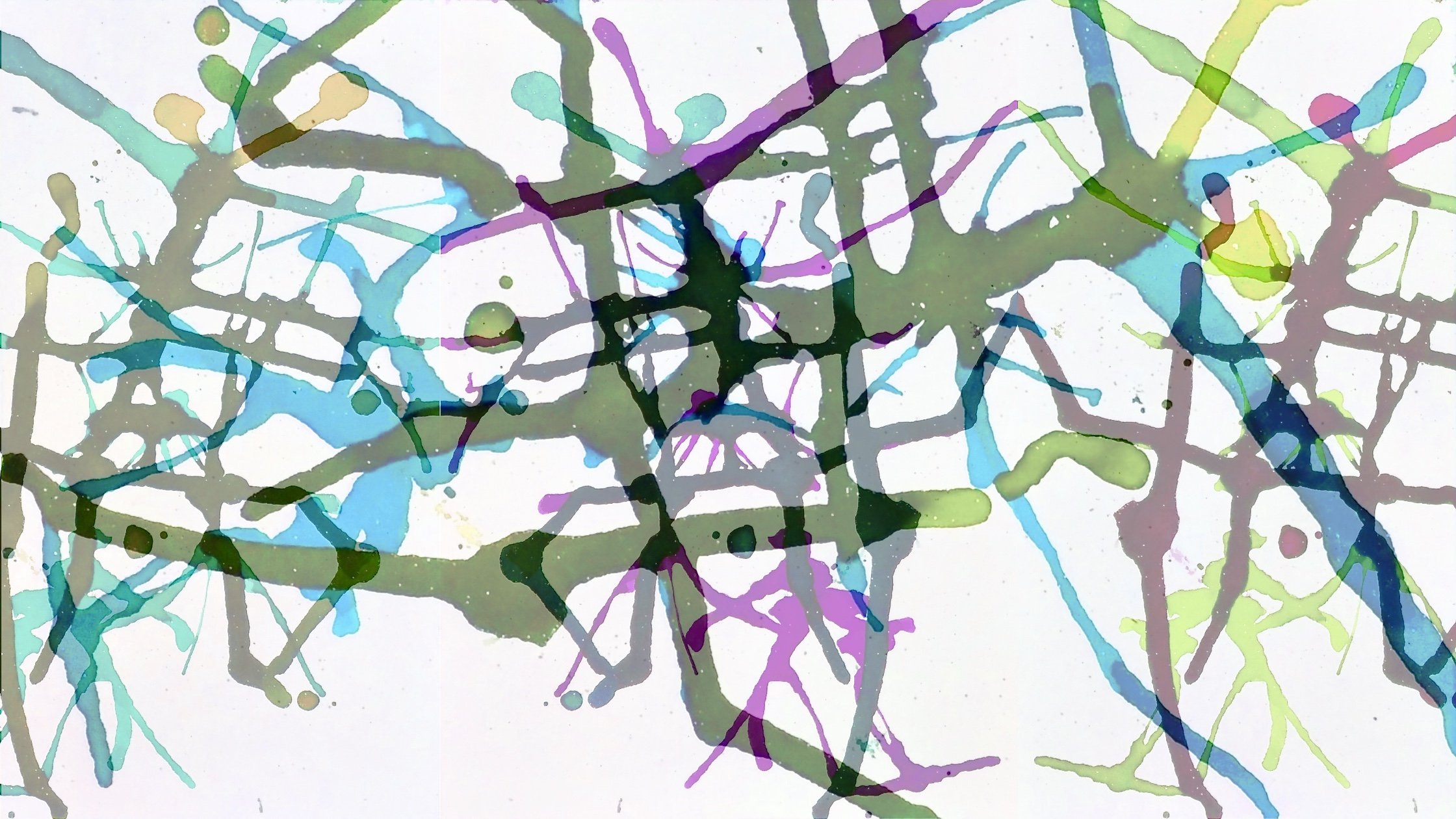Resonance
The felt shape of sound.
Voice, music, ambient vibration—works that echo in the air and body.
Rooms You Can Hear
ROOMS YOU CAN HEAR
by Fescennine
Some music doesn’t feel like a story. It feels like a space.
Rather than leading the listener through a sequence of events—a verse, a chorus, a hook—this kind of music surrounds. It settles in like architecture: walls of tone, corners of silence, pockets of breath. It doesn’t move forward so much as it expands outward, inviting the listener to linger, to dwell.
Rooms You Can Hear
by Fescennine
Some music doesn’t feel like a story. It feels like a space.
Rather than leading the listener through a sequence of events—a verse, a chorus, a hook—this kind of music surrounds. It settles in like architecture: walls of tone, corners of silence, pockets of breath. It doesn’t move forward so much as it expands outward, inviting the listener to linger, to dwell.
This is music as environment, not narrative.
Sound behaves like matter. It bounces, stretches, absorbs, leaks. In a well-constructed soundscape, each element behaves like an object in a room: percussive sounds become surfaces, ambient tones act as fog, and sudden silences feel like unexpected doors. The listener is not being told something—they’re being placed inside something.
Some composers think in melodies. Others think in spaces.
A tone decays; a room waits.
In this way of working, composition becomes less about momentum and more about presence. Reverb is furniture. Silence is structure. The question isn’t “What happens next?” but “Where are we now?” A good track doesn’t need a climax—it needs a sense of volume, and not just in the loudness sense.
Some pieces feel like bathrooms: tiled, cold, intimate, echoing.
Others are basements.
A few are closets that should probably remain closed.
Listening to this kind of music is like walking through fog.
You don’t see far ahead, but you feel what’s close.
The world arrives by proximity, not prediction.
This kind of music may not be catchy. It resists repetition. It doesn’t hum in your ear for days. But it holds something. A shape. A pressure. A memory of being in a particular kind of silence with a particular kind of sound.
And perhaps the most moving part is what comes just after it ends:
That three seconds of stillness where the room exhales.
That’s the room.
Fescennine's "Punch This Day In the Face"
Music creator, Fescennine, speaks about their twelve minute piece, Punch This Day In the Face, and how it came about.
Even though I gave this song a harsh name, it really is one of the favorite things I’ve made.
Punch This Day In the Face was created for a dance work for a pre-professional University level dance company in the U.S.A. It a large cast piece, I want to say there were 12-14 dancers in the piece.
From nothing came something.
Punch This Day In the Face was almost lost. All of the files on my computer got deleted including my music files. For two years I thought this piece was gone forever, but one day I remembered that I had sent it to a colleague via email. It was still there!
At the time I was working on this piece, I was living in an old small house, the kind of house where everything seemed to keep getting worse. The living room and kitchen were open to each other and the big kitchen light developed a consistent flicker that neither myself nor my partner at the time had the ability to fix. My worktable was in this space. When Punch This Day In the Face was performed for the first time, as I was watching the dancers, the lighting design and listening to the music, I realised the rhythm of the pulsing tone was the same tempo as that flickering light.
















